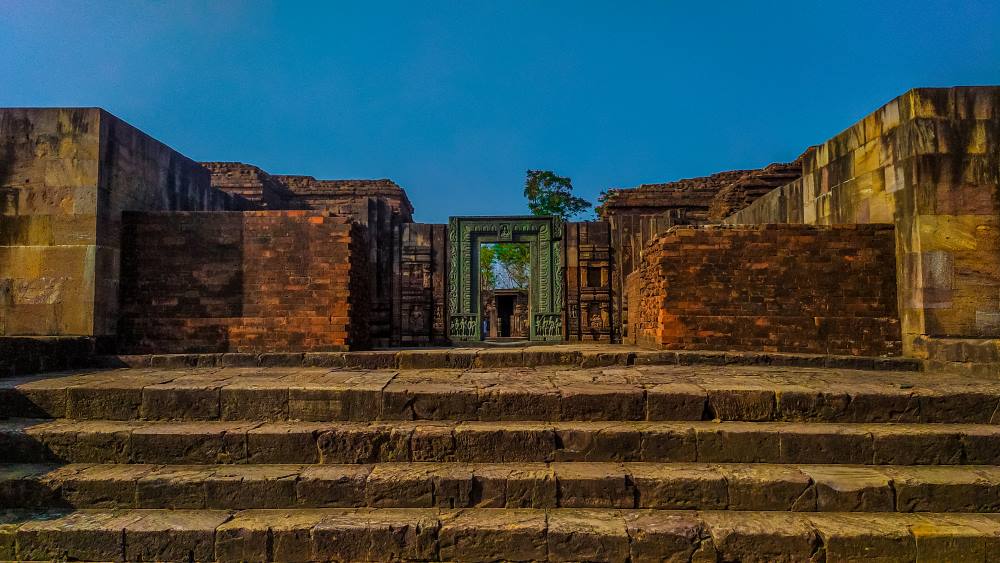Nestled amidst the serene hills of Jajpur district, Odisha, Ratnagiri is one of India’s most significant and well-preserved Buddhist sites. Part of the “Diamond Triangle” along with Udayagiri and Lalitgiri, Ratnagiri offers an immersive experience into ancient Buddhist culture and architecture. The site’s monasteries, stupas, and sculptures tell a fascinating story of the region’s Buddhist legacy from the 5th century CE.
History of Ratnagiri
Ratnagiri was a thriving center of Mahayana and Vajrayana Buddhism from the 5th to 13th centuries CE. The site gained prominence under the Gupta Empire and later flourished during the reign of the Bhaumakara dynasty. Excavations reveal that Ratnagiri housed a major monastic complex with stupas, monasteries, and numerous artifacts, making it a significant hub for Buddhist learning and meditation.
The site’s decline coincided with the decline of Buddhism in India, but its remnants remain a powerful testimony to its glorious past.
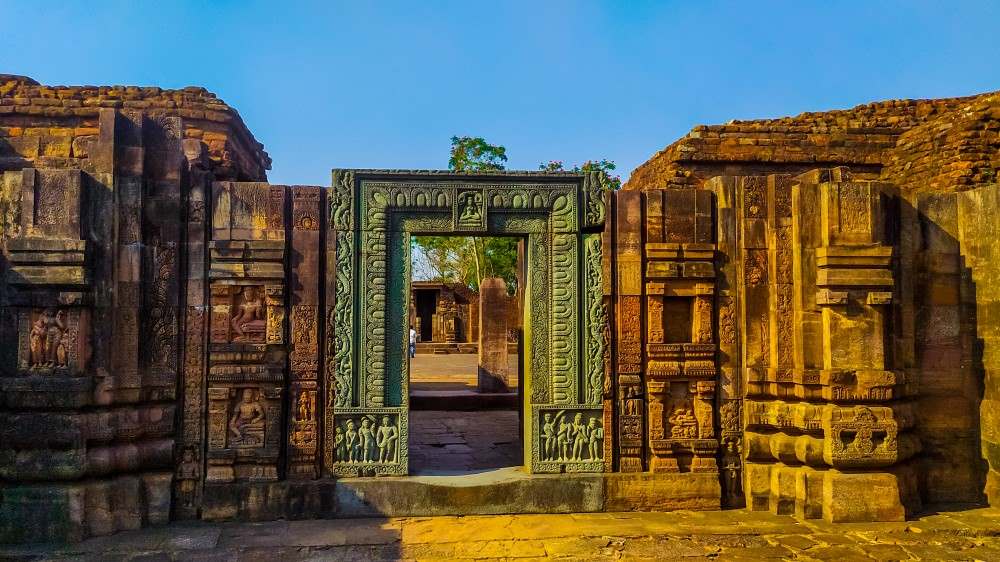
Architecture of Ratnagiri
The architecture of Ratnagiri reflects the artistic and spiritual brilliance of ancient Buddhist craftsmanship.
- Monasteries: The site features two large monasteries (Monastery 1 and Monastery 2). Monastery 1, the larger of the two, includes an open courtyard, cells for monks, and intricately carved doorways.
- Stupas: The main stupa is surrounded by smaller stupas and votive stupas, many of which have exquisite carvings of Buddha and Bodhisattvas.
- Sculptures: The site boasts numerous statues of Buddha in various postures, along with carvings of deities like Tara and Avalokiteshvara. These sculptures reflect the influence of Vajrayana Buddhism.
- Terracotta and Stone Artifacts: Many of the artifacts found here highlight the advanced techniques used by ancient artisans.
You can check out our Buddhist Tour Packages for 5 days & 4 nights.
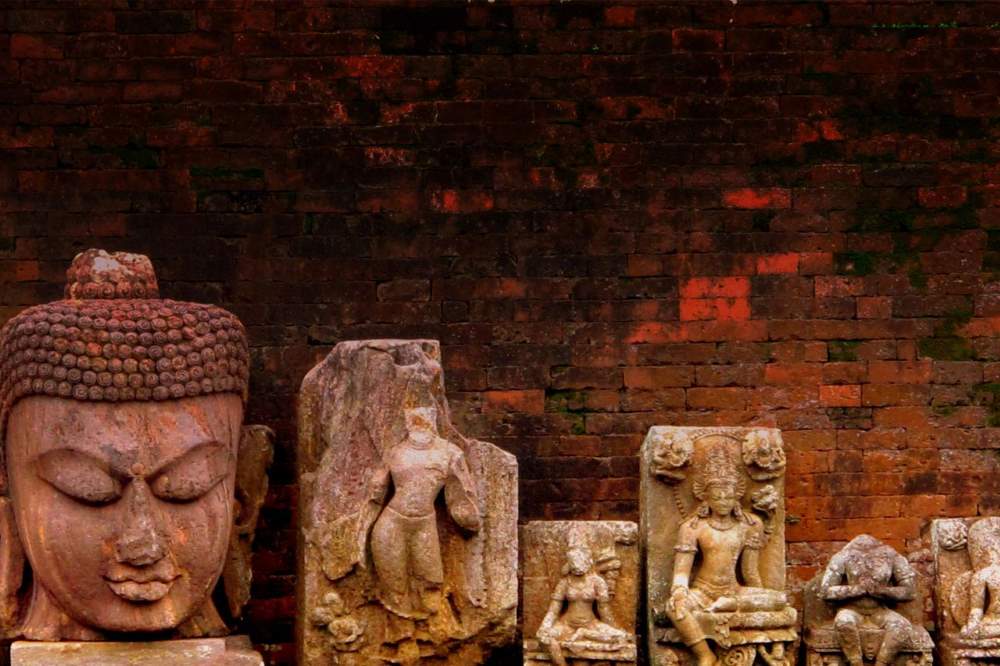
Top Attractions in Ratnagiri
- Main Stupa
The centerpiece of Ratnagiri, this large stupa symbolizes enlightenment and is surrounded by smaller votive stupas with intricate carvings. - Monastery 1
The largest structure on the site, this monastery features an open courtyard, central shrine, and beautiful carvings on its doorways and walls. - Museum
Managed by the Archaeological Survey of India (ASI), the museum showcases artifacts, including stone sculptures, inscriptions, and terracotta objects unearthed during excavations. - Buddha Statues
Life-sized statues of Buddha in bhumisparsha (earth-touching) and dhyana (meditation) mudras are a visual treat for visitors.
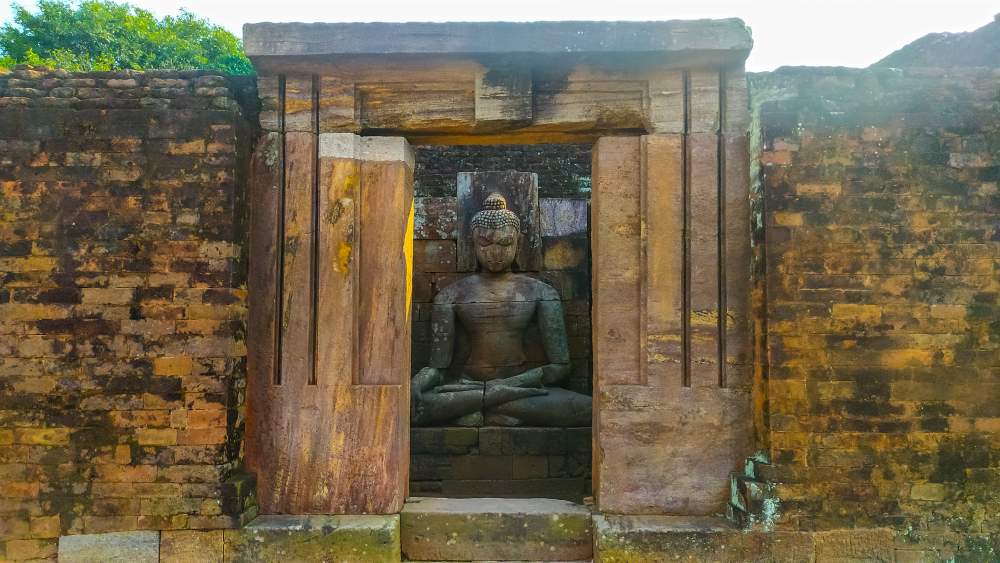
How to Reach Ratnagiri
- By Air: The nearest airport is Biju Patnaik International Airport in Bhubaneswar, approximately 100 km away.
- By Train: The closest railway station is Cuttack Railway Station, about 70 km from Ratnagiri.
- By Road: Ratnagiri is well-connected by road and can be accessed via buses, taxis, or private vehicles from Bhubaneswar, Cuttack, and Jajpur.
You can check out our day tour of the Diamond Triangle in Odisha.
Timings and Entry Fees of Ratnagiri
- Timings: Open daily from 9:00 AM to 5:00 PM.
- Entry Fees:
- Indian citizens: ₹25 per person
- Foreign tourists: ₹300 per person
- Children below 15 years: Free
Best Time to Visit Ratnagiri
The best time to visit Ratnagiri is during the winter months (October to February) when the weather is pleasant and ideal for exploring the site. Avoid the summer months due to the heat and humidity.
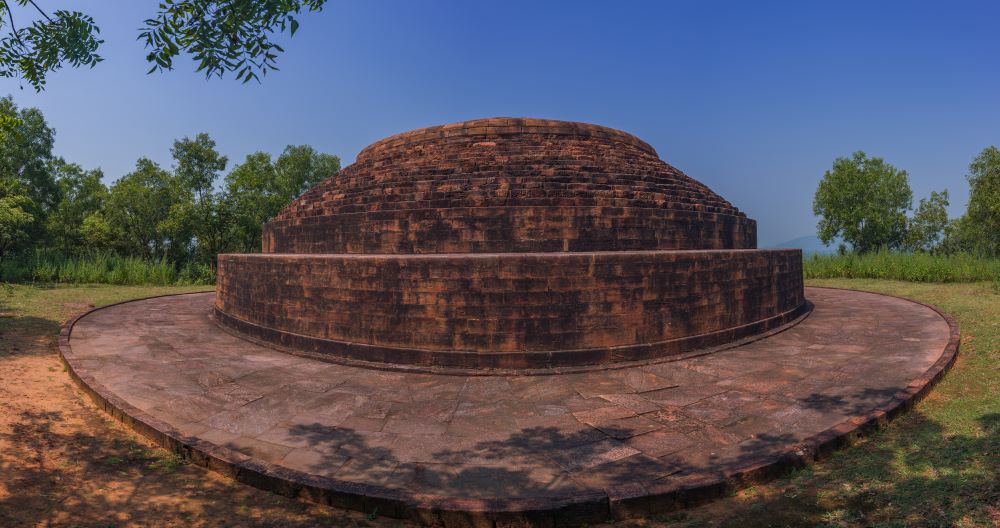
Nearby Attractions of Ratnagiri
- Lalitgiri
Another prominent Buddhist site in the Diamond Triangle, Lalitgiri, is known for its ancient monasteries and relic caskets believed to contain Buddha’s remains. - Udayagiri
Famous for its massive stupas and monastic ruins, Udayagiri completes the Buddhist Triangle and is just a short drive from Ratnagiri. - Chandikhol
It is a scenic spot known for its lush greenery and waterfalls, around 20 km from Ratnagiri. - Cuttack City
Explore the historic city of Cuttack, known for its silver filigree work, Barabati Fort, and Netaji Birthplace Museum.
You can check out our Adventure Tour in Odisha.
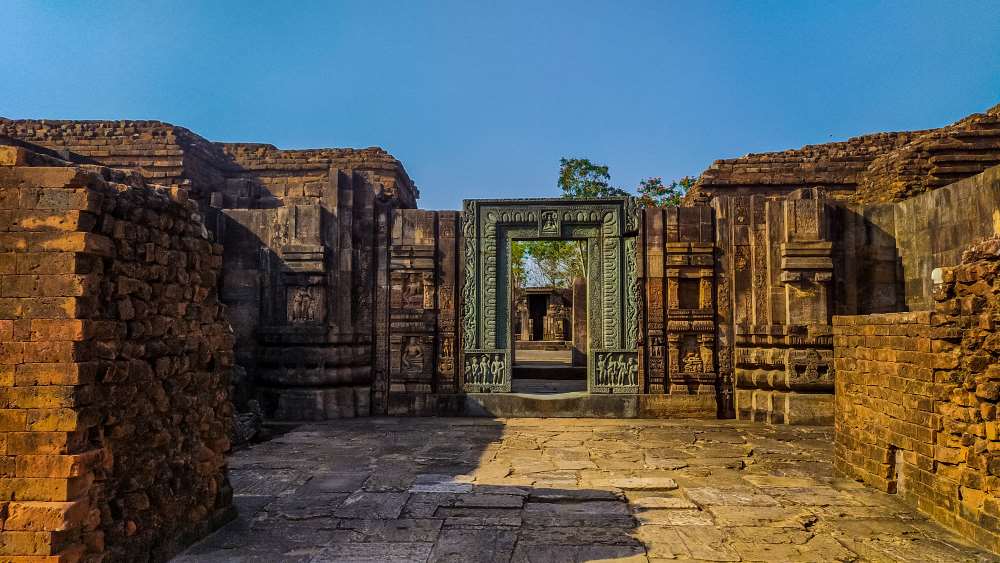
Tips for Visitors of Ratnagiri
- Carry Comfortable Shoes: The site involves walking and climbing, so comfortable footwear is essential.
- Bring Water and Snacks: Basic facilities are available, but carrying water and light snacks is advisable.
- Hire a Guide: A guide can provide deeper insights into the history and significance of the site.
- Respect the Heritage: Avoid touching or defacing the sculptures and maintain cleanliness.
- Photography: The site is a haven for photographers; however, check for any restrictions regarding photography.
Conclusion
Ratnagiri is not just a historical site; it is a journey into the spiritual and artistic brilliance of ancient Buddhism. Its monasteries, stupas, and sculptures offer a glimpse into a bygone era of intellectual and spiritual pursuits. Whether you are a history enthusiast, a Buddhist pilgrim, or a curious traveler, Ratnagiri promises an enriching and unforgettable experience.
Plan your trip to Ratnagiri and explore the serene beauty of Odisha’s Buddhist heritage!

